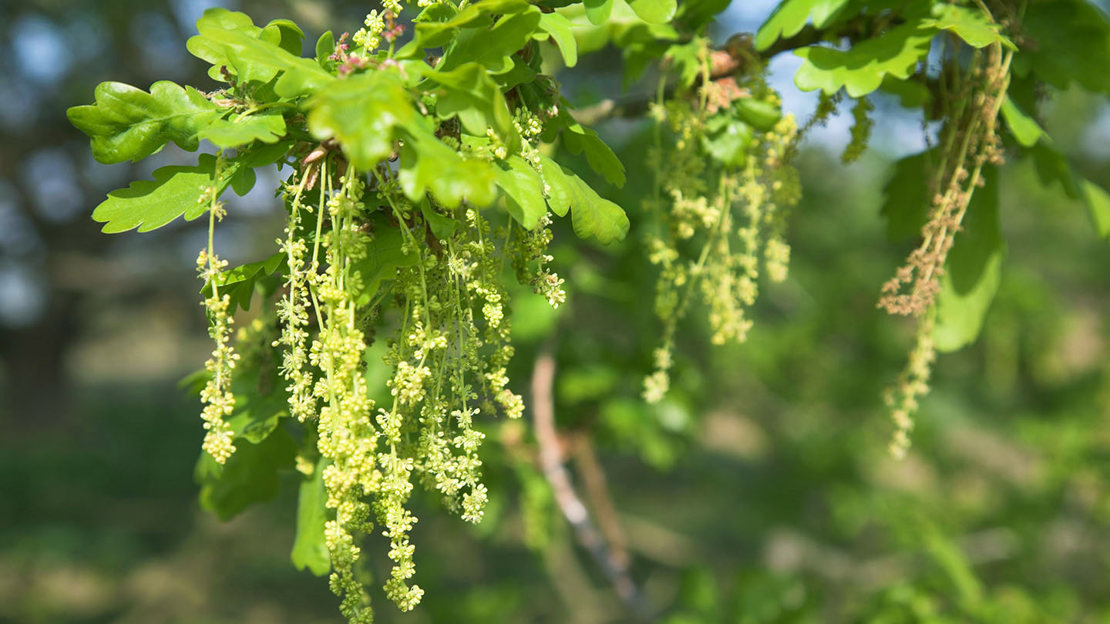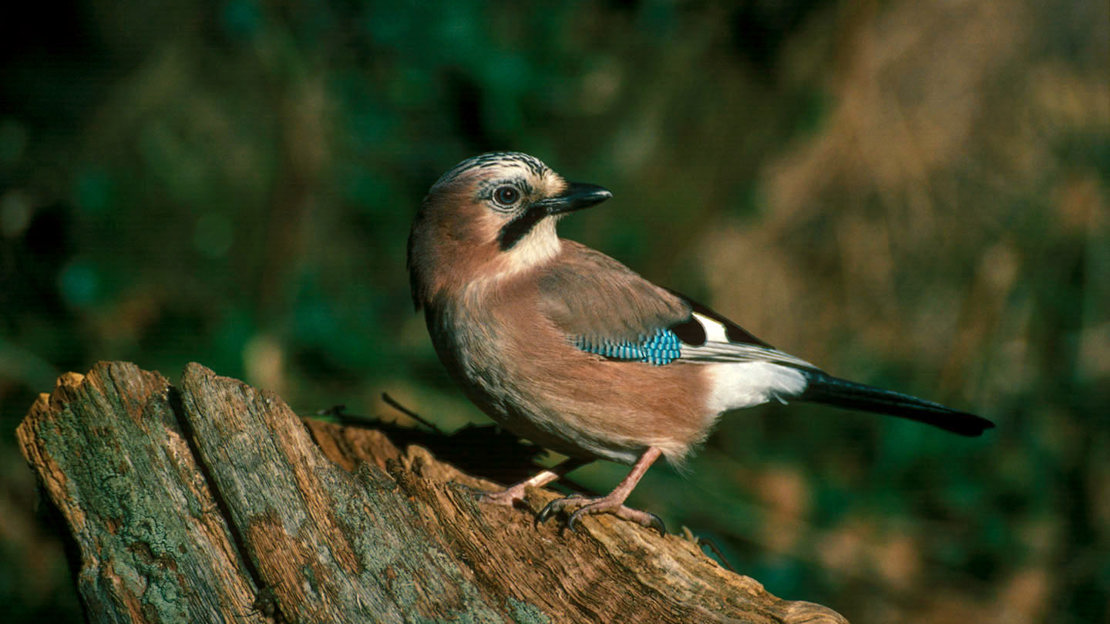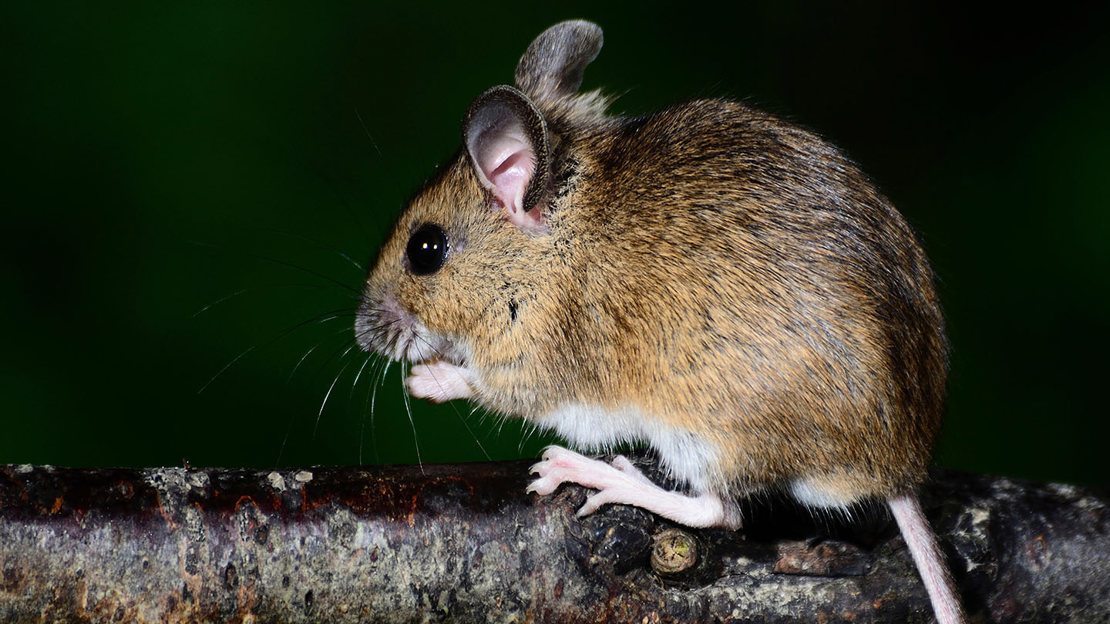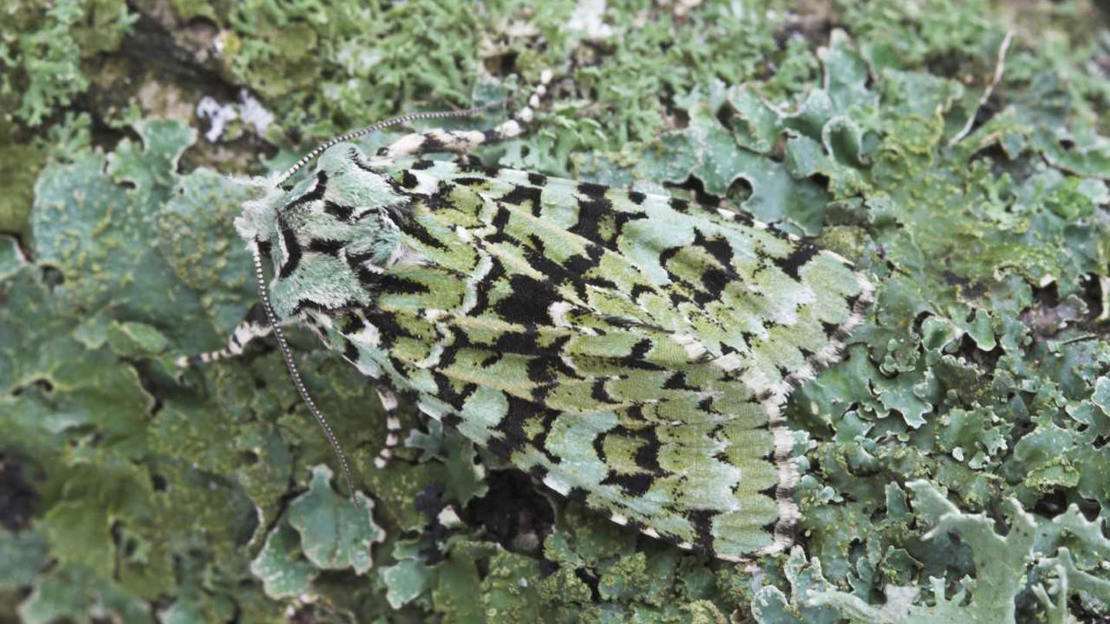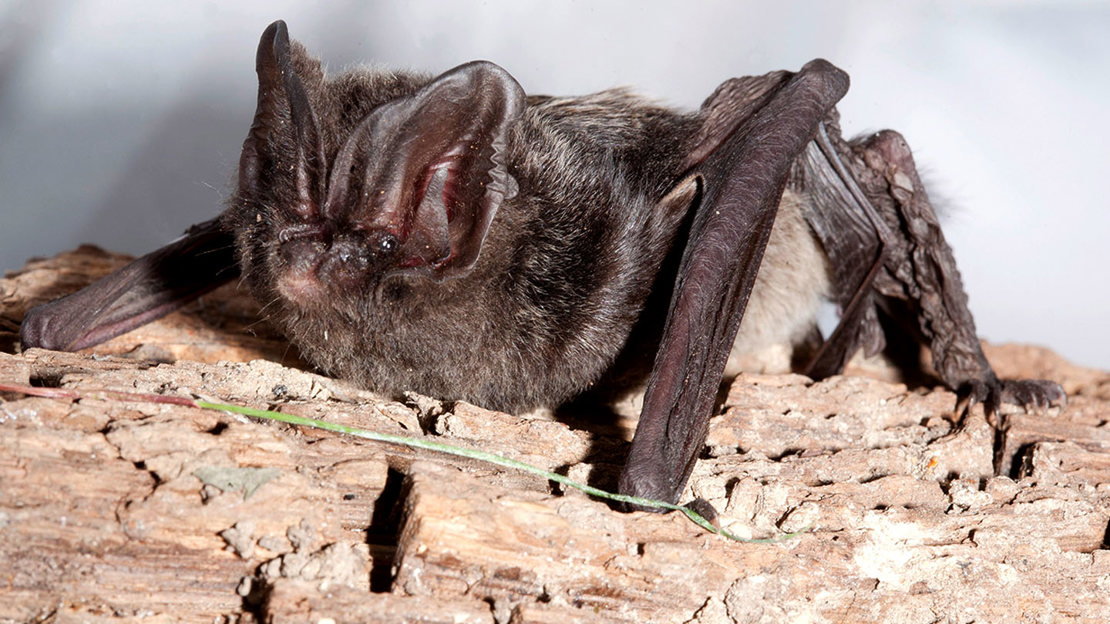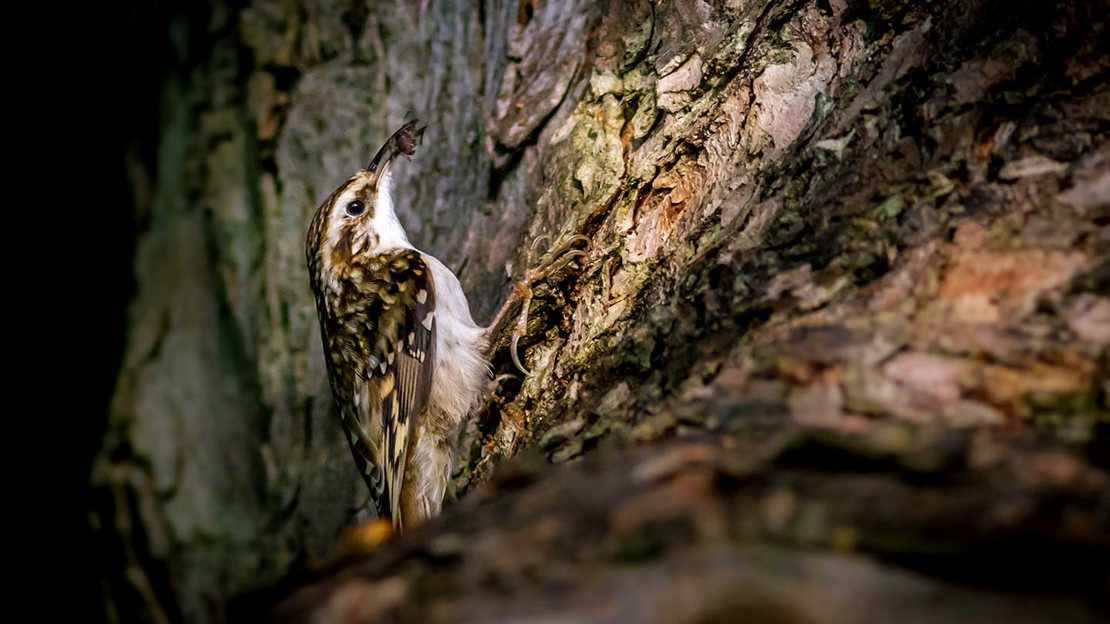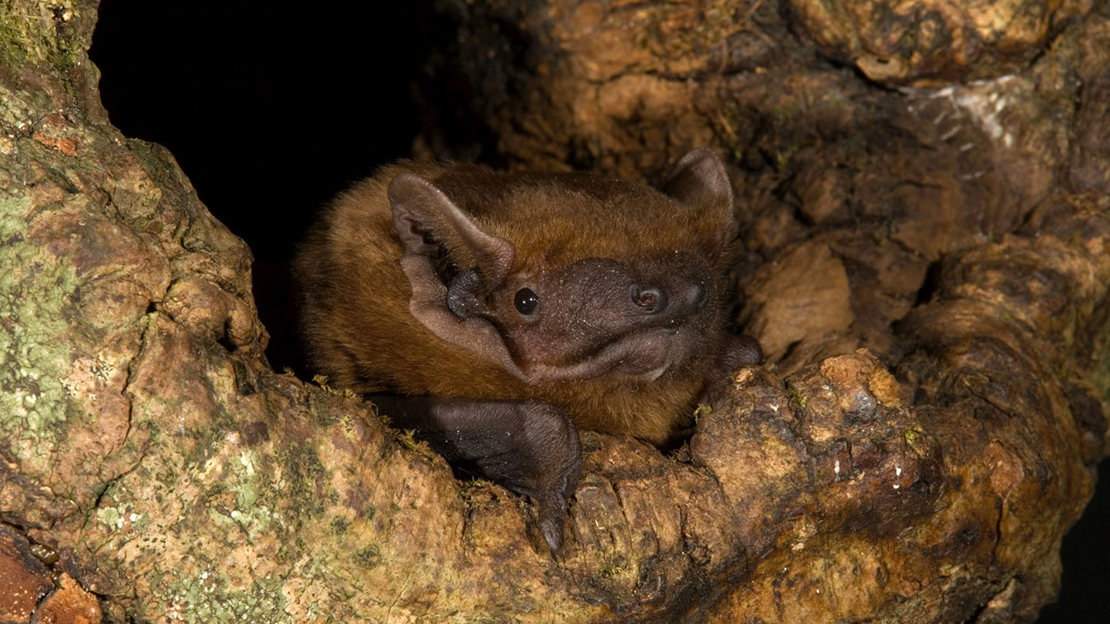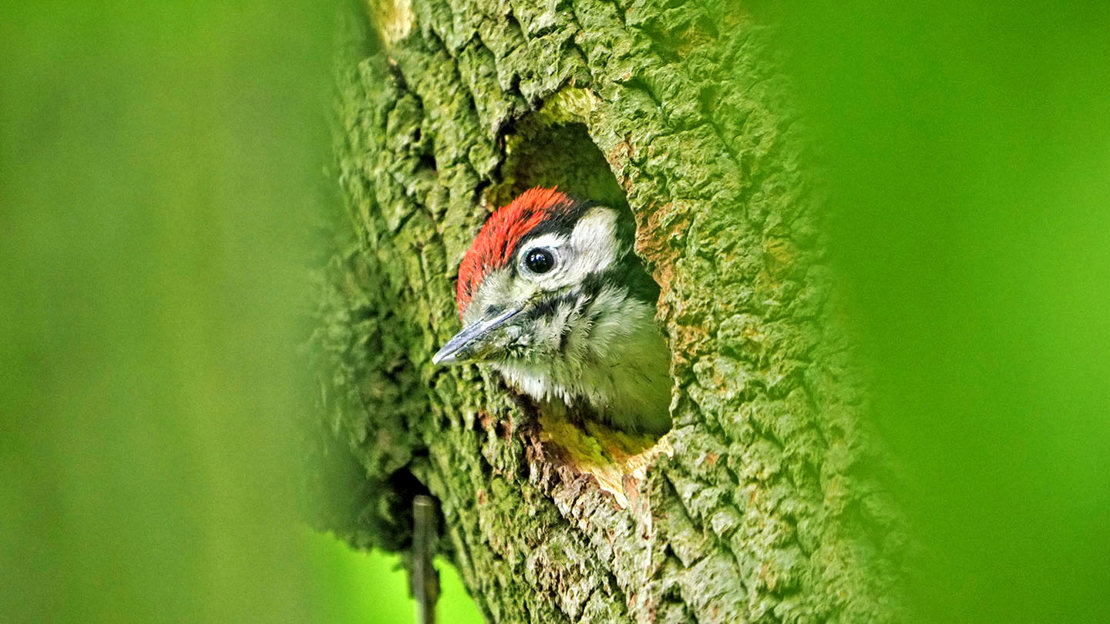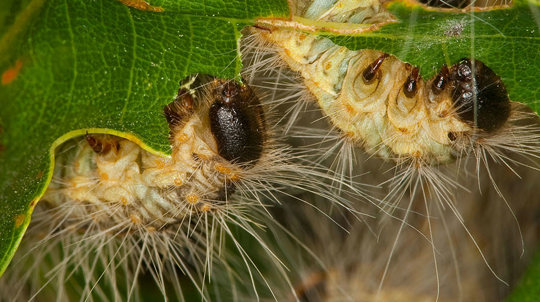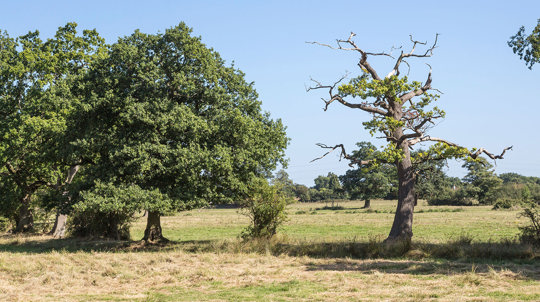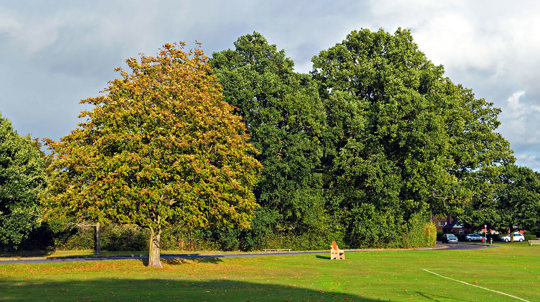No other tree species in the UK supports a greater diversity of life than an ancient oak.
Oak trees and wildlife
Among the most loved trees in Britain, our oaks have enormous value for our flora and fauna.

The contribution of oak trees to landscapes, biodiversity, culture and economy is enormous. Renowned in history and legend, oak trees symbolise royalty, patriotism and strength. But perhaps their greatest feat is nurturing wildlife. They are a haven for a colossal 2,300 wildlife species, providing vital spaces to eat, shelter and breed. Here's a detailed look at the wildlife associated with each part of oak, and why this incredible tree needs our help.
How many species do oaks support?
Our two native oaks are the English or pedunculate oak (Quercus robur) and sessile oak (Quercus petraea).
Research published by the James Hutton Institute and collaborating organisations in 2019 revealed oak’s huge significance for biodiversity. The true numbers are likely even bigger, as these don’t include bacteria and other microorganisms.
2,300
species supported by oak
326
species depend on oak for survival
229
species rarely found on trees other than oak
Oaks can live to over 1,000 years old. That means they can sustain wildlife for centuries.
How long is an oak tree valuable for wildlife?
Even as a sapling, the oak gets straight to work providing food and homes for wildlife. As it grows and ages, it becomes more valuable, developing cavities, crevices, dead wood and other features that plants and animals love. Once oaks reach 400 years old, they are considered ancient trees. They make perfect wildlife havens and support the greatest number of species.
Which species does oak support?
An array of animals and plants use different parts of oak at different times. Every bit of the tree has value, from the top of the canopy to the tip of the roots.
Oak flowers
Male and female flowers grow on the same tree. Male flowers grow in long, dangly clusters and appear between April and May when they release their pollen into the air. The female flowers look like tiny red flower buds between the leaves and branches.
Oak flowers are eaten by red and grey squirrels and many insects, including the caterpillars of purple hairstreak butterfly (Favonius quercus) and dark-crimson underwing moth (Catocala sponsa) which rely solely on oak. The pollen is also a popular food source for bees, including the oak-mining bee (Andrena ferox), a UK BAP Priority species, which feeds almost exclusively on oak pollen.
Acorns
After pollination, female flowers develop into a large shiny nut around 2-2.5cm long: an acorn. Held in a scaly wooden cup, young acorns start off green and can usually be seen from August, before maturing to brown and falling in autumn.
Oak supports 31 different mammals and acorns are one of the main attractions. They’re a favourite food of many woodland creatures including badger (Meles meles), deer, wild boar (Sus scrofa), squirrel and wood mouse (Apodemus sylvaticus).
Acorns are also enjoyed by birds like woodpecker, rook (Corvus frugilegus) and nuthatch (Sitta europaea). The jay (Garrulus glandarius) is a real acorn enthusiast, burying any it can’t eat to store them for later. It remembers where most of them are, but any left behind have chance to grow into new oak trees.
An enormous 1,178 invertebrate species use oak in total, and 257 of them rely solely on this tree.
Oak leaves
First appearing around April to May, oak leaves are around 10cm long with 4–5 deep lobes with smooth edges. They begin to change colour as early as August, then fall from the tree as summer turns to autumn, leaving a bare tree by December.
Caterpillars of purple hairstreak butterfly, oak lutestring (Cymatophorima diluta), great oak beauty (Hypomecis roboraria) and the scarce merveille du jour moth (Moma alpium) are among those that feed exclusively on oak.
New leaf growth also attracts aphids which then produce honeydew, a sugary substance that wood ants (Formica rufa group) love to eat. The UK’s largest ant species at 12mm long, they’ll climb to the top of an oak to track the aphids down.
This abundance of invertebrates attracts animals from higher up the food chain. Spiders like Philodromus praedatus live mainly in mature oak trees. A range of birds feed in oak too, including tree pipit (Anthus trivialis) - a Red List Species of Conservation Concern - and the Amber Listed redstart (Phoenicurus phoenicurus). Wood warblers (Phylloscopus sibilatrix) – another Red Listed bird – also favour oak habitat, feeding in the canopy and nesting in the understorey. More familiar birds like blue tit (Cyanistes caeruleus) and great tit (Parus major) also visit oak for an insect-based snack. In total, oak supports 38 species of bird.
Oak bark
Oak bark is grey-brown in colour and smooth when the tree is young. As it matures, the bark thickens to become textured and rough with lots of creases and grooves. Eventually, pieces of bark will loosen and crevices and holes will form too, all providing niches for wildlife to shelter, feed and breed.
These niches are ideal for bat roosts, including Bechstein’s bat (Myotis bechsteinii) and the rare barbastelle (Barbastella barbastellus). They make great nesting spots for birds too, like pied flycatcher (Ficedula hypoleuca) and marsh tit (Poecile palustris). Behind the loose bark, the elusive treecreeper (Certhia familiaris) nests and feeds on bark-dwelling insects.
Invertebrates from beetles and butterflies to moths and ants bring more life to the tree and create a rich food supply for birds and bats. Larvae of goat moth (Cossus cossus), the heaviest moth in the UK, burrow into the trunk of oaks to hatch beneath the bark and feed on the wood until they emerge. Also beneath the bark is the cobweb beetle (Ctesias serra), named because it steals its food from spider webs, and the brown tree ant (Lasius brunneus) which almost exclusively nests in old oak trees.
The purple emperor butterfly (Apatura iris) feeds on aphid honeydew and sap runs on the tree’s trunk and branches. It also roosts in oak and spends most of its time in the canopy. Declining in number, this butterfly is now restricted mainly to the South of England.
Britain’s largest ground beetle – and one of our rarest - the blue ground beetle (Carabus intricatus) lives in damp oak woodland. It shelters under moss-laden dead bark and climbs trees in search of food. Once thought extinct in the UK, it’s been rediscovered in Devon, Cornwall and a single site in Wales – one of our woods.
At the base of the trunk, fungi feed on the wood. Among them are oak bracket fungus (Pseudoinonotus dryadeus) and beefsteak fungus (Fistulina hepatica), and oak polypore (Piptoporus quercinus), which is only found on oak trees over 250 years old.
Lichens, liverworts and mosses
Oak hosts a huge 716 types of lichen of many shapes, colours and sizes which offer nesting material, food and shelter. Oakmoss lichen (Evernia prunastri) - as its name suggests - prefers oak. The rare Lecanactidetum premneae lichens tend to be found on trees at least 250 years old - usually the dry, brittle bark of old oaks.
Rarer still are the 12 lichens that depend on oak alone, including Arthonia byssacea, Sclerophora farinacea, and Calicium adspersum.
Liverworts – simple plants so-named because their leaf shape resembles the lobes of a liver – include dilated scalewort (Frullania dilatata) and the delightfully named fairy beads (Microlejeunea ulicina).
Mosses adorning oak’s bark and branches include cypress-leaved plait-moss (Hypnum cupressiforme) and slender mouse-tail moss (Isothecium myosuroides).
Oak supports 108 different types of fungi. 57 of them depend entirely on oak.
Oak roots
Oak roots are usually quite shallow, with most in the top 30cm of soil, and extend well beyond the tree’s crown. The root system relies on a complex network of fungi to gather more nutrients beyond the tree’s roots. Known as mycorrhizal fungi, they have a symbiotic relationship with the tree that helps keep both species healthy.
Sometimes the fruiting bodies of the mycorrhizal network can be seen beneath the tree. For example, penny bun (Boletus edulis) and orange oak bolete (Leccinum aurantiacum) rely on oak and other trees, while other fungi are almost exclusive to oak, like oakbug milkcap (Lactarius quietus) and yellowdrop milkcap (Lactarius chrysorrheus).
Old oaks in Windsor Great Park are the only known location of the rare oak-tree chelifer pseudoscorpion (Larca lata).
Deadwood
It’s not just the tree’s living parts that provide for wildlife. As a tree becomes older, it gradually dies. The trunk thickens and the innermost heartwood decays and becomes exposed, helped along by animal damage, weather extremes and specialist fungi. One of nature’s essential recycling processes, dead and decaying trees are a vital part of a wood’s biodiversity. That’s why we leave plenty on our sites.
As oak leaves and limbs decay, they provide habitat and nourishment for a dizzying array of species.
The UK’s three native woodpeckers – greater spotted (Dendrocopos major), lesser spotted (Dryobates minor) and green woodpecker (Picus viridis) – all nest in oak. They often use deadwood as it’s softer and so easier to excavate. Cavities created by the decay process are valuable shelter for a host of other species too. They make great bat roosts, squirrel dens and nesting spots for birds, from the sparrow-sized redstart to little owl (Athene noctua) and tawny owl (Strix aluco).
The progressing decay is a haven for lots of beetle species. Larvae of the oak jewel beetle (Agrilus biguttatus) tunnel in and under thick bark of dying or dead oak branches. The rare cardinal click beetle (Ampedus cardinalis) and oak click beetle (Lacon quercus) both breed almost exclusively in dead oak trunks and boughs. And Moccas beetle (Hypebaeus flavipes) is found only on a handful of ancient oaks in Moccas Park, Herefordshire.
Many fungi live on the leaf mould, fallen deadwood and other decaying organic matter at the foot of the tree too. Spindleshank (Gymnopus fusipes) and southern bracket fungus (Ganoderma austral) grow on oak and other trees, while oak mazegill (Daedalea quercina), green elfcup (Chlorociboria aeruginascens) and clustered bonnet (Mycena inclinata) are almost exclusive to oak.


Deadwood
Dead and decaying wood is one of any woodland's most important microhabitats. Learn more about why we need more of it, as well as the rare and endangered beetles, colourful fungi and other threatened wildlife that relies on it.
Threats to oaks and their wildlife
We’re a founding partner of Action Oak, an initiative to identify and tackle the issues facing native oak trees.
Now more than ever, our iconic oak is under pressure. It faces a fight for survival against climate change, development and pests and diseases.
The loss, fragmentation and inappropriate management of ancient woods and trees, including oaks, is a huge threat to wildlife. Pests and diseases are a challenge too. Among those attacking oak are powdery mildews, oak processionary moth and acute oak decline.
1 in 10 woodland wildlife species are at risk of extinction.
These challenges have the potential to devastate the oak population. Losing oaks from our landscape will impact our well-being, economy, environment and the wildlife they nurture - especially the 555 species that rarely or never use other types of tree.
That’s why we’re working hard to plant and protect trees and woods across the UK. We influence policy, work with landowners and defend woods under threat. We also manage the Ancient Tree Inventory, which records where our most valuable trees are so that we can care for and protect them, including almost 60,000 ancient and veteran oaks. The database is so important that planning policy in England and Wales states developers must consult it.


Ancient Tree Inventory
Ancient trees need special care and protection. There are thousands of ancient trees in the UK and we need your help to find out where they are.
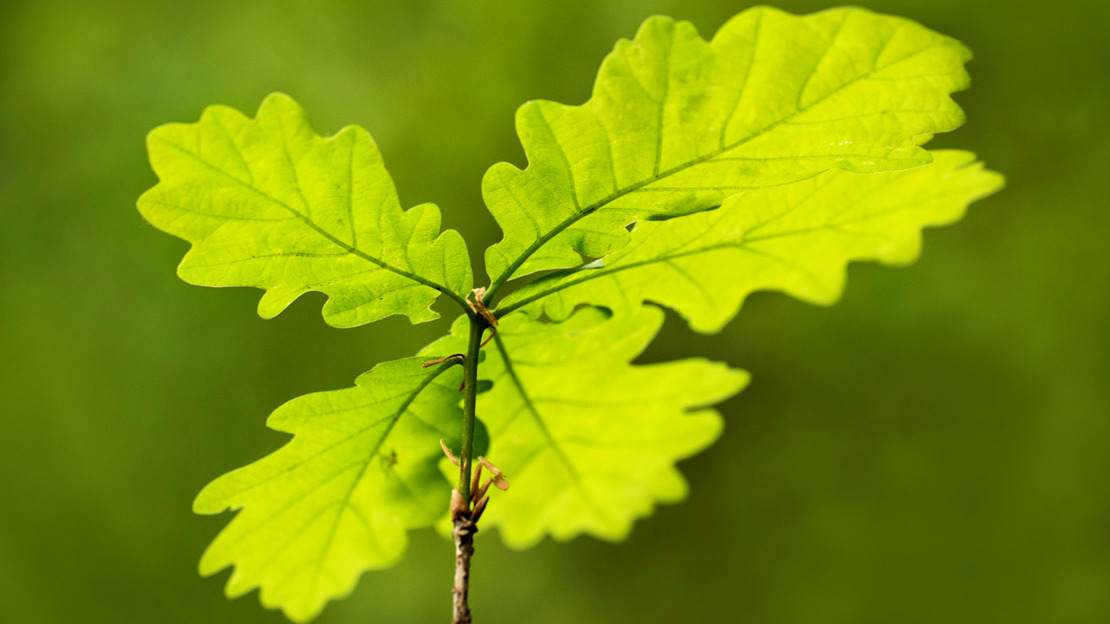
Help us protect oak for the future
Support our work to plant trees and look after the ones we have.
Become a member today

